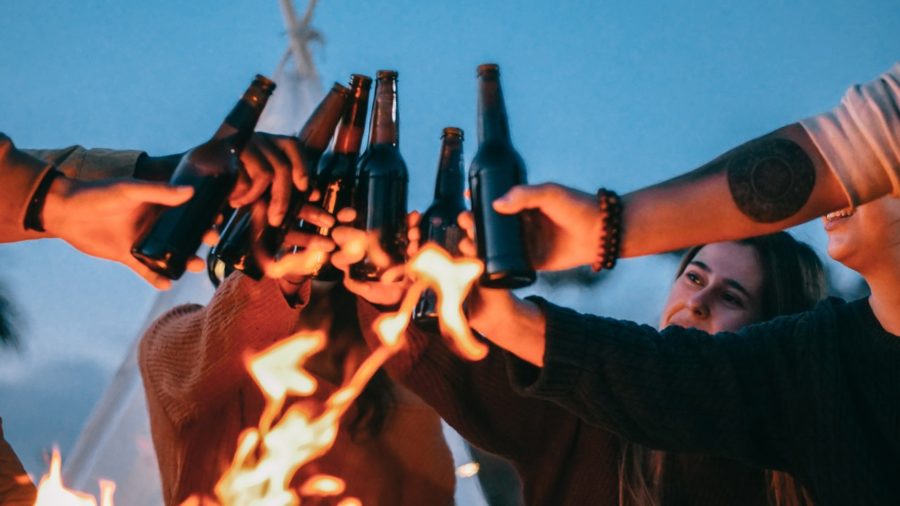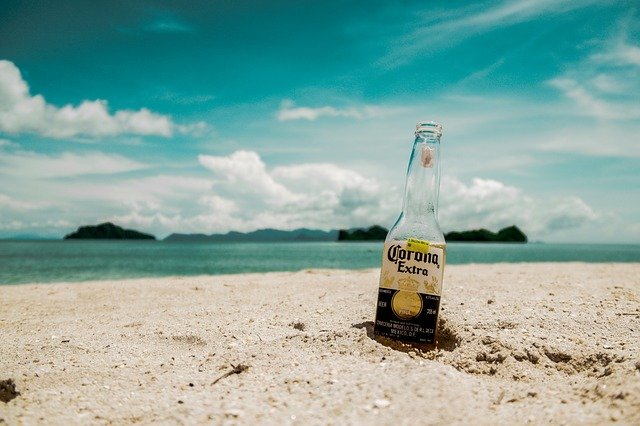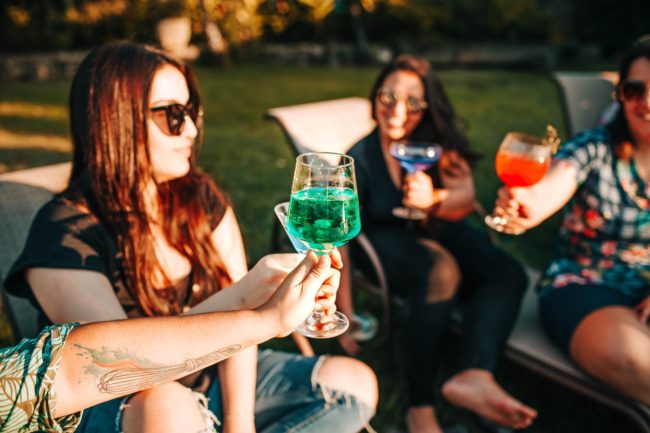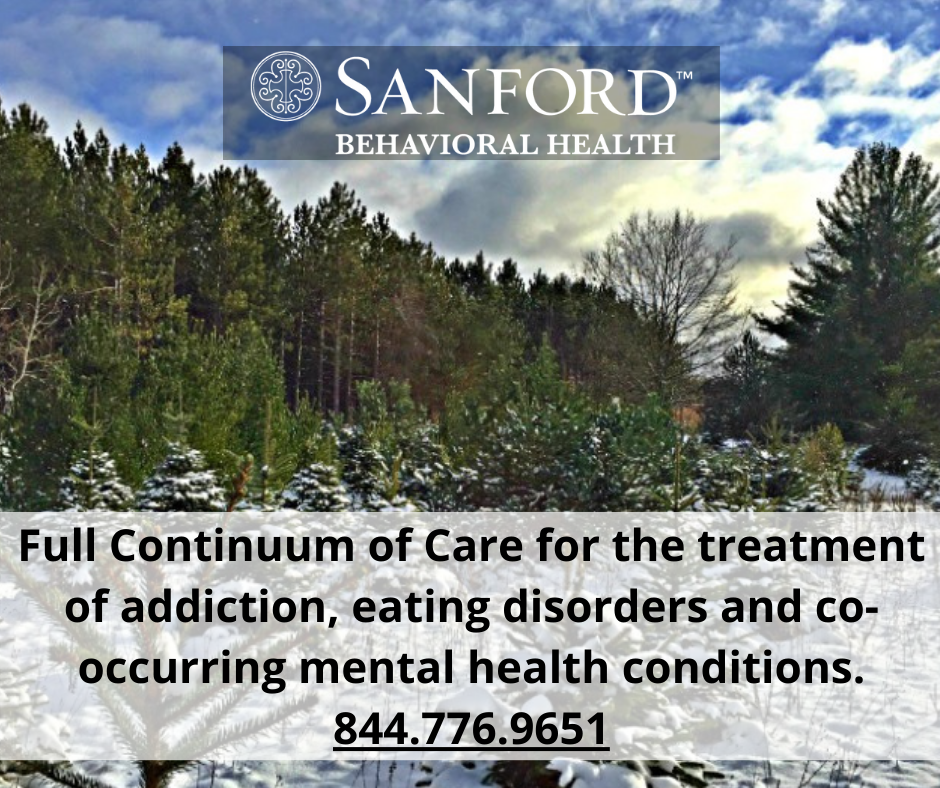Alcohol – Still the “King” of Addiction

Beach parties, weddings, and romance – all made more special with alcohol?
I’ve spent a lot of time looking at alcohol advertisements lately. Which is perhaps an odd thing for someone in recovery to do. After all, glamour shots of sweating wine glasses and the implied comradery of women toasting with Skinny Girl Chardonnay certainly influenced me in the past. But as an ex-imbiber and marketing professional, I am fascinated by alcohol targeting. Sportsmen drink beer. Wine is for liberated women, and spirits are to be “enjoyed responsibly” by the successful on lavish vacations in the South of France. The sweet, juice-box sized sparkling wine? Clearly geared toward the younger set.
The King of Beers
Let’s go to the King of Beers for a closer look. Worth $7 billion, Budweiser (the Anheuser-Busch brand) is the most valuable beer brand in the world. In the U.S. alone, beer is a $44 billion dollar industry, and Bud leads the pack. Who among us does not recognize the Budweiser Clydesdales? Majestic beasts pulling turn-of-the-century beer wagons, first introduced in 1933 to celebrate the repeal of prohibition.
Currently, on Bud’s beautiful website, there is a Live Like a King sweepstakes. It is a chance to win a million dollars. Contestants take a photo of themselves with a gold can of beer and post it on social media for a chance to win big. Clever way to get more than a million dollars’ worth of advertising and testimonials! In Bud’s defense, you do have to enter your birthdate before you can access their website, and they are providing a beer for everyone. There is a low-cal/carbs beer, a full-test version, and a beer with clamato, a hint of lime, and a name that means my cold beer in Spanish. And they also have a Dwyane Wade endorsed, alcohol-free Bud Zero.

Good luck! It’s not a wedding without the Champaign toast…
The Normalization of Alcohol…
But Anheuser-Bush and beer purveyors are not the only ones in the alcohol biz. With a $252 billion alcohol industry (increasing by 4% per year), beer, wine and spirits manufacturers and sellers vie for a share of the market. And with 85.6 percent of U.S. adults having drunk alcohol at some point in their lifetimes, it is low hanging fruit. Add to that, 26 percent of adults saying they binge drink, and the demand is a certainty. It is of note, especially given the ads with businesswomen sipping wine like bosses, that women and men are neck and neck when it comes to drinking and binging. Also, a staggering 90 percent of all alcoholic drinks consumed by those 12 to 20 years old are consumed through binge drinking.
The pandemic has had an impact on alcohol sales. For instance, on-premises sales have flagged, but off-premises alcohol sales have increased by 20% over sales before March of 2020. When bars and restaurants closed down, folks turned to home delivery, package liquor stores and drinking alone. There has been a slight flagging in beer sales, perhaps because of fewer sports/parties, but an increase in the sale of liquor, especially Tequila. When it comes to drinking alcohol, especially with the added stressors of Covid 19, where there is a will there is a way. (Alcohol Sales Data and Trends, Overproof)
Alcohol is normalized in almost every aspect of our lives. How many times have you gone to an adult get-together without alcohol being served? Bloody Mary’s and mimosas are for brunch. Beer is for barbeques and sporting events. Toddler playdates? White wine. Likewise, a milestone event is not a milestone event without the Champaign toast. And what is the go-to stress and anxiety reliever? Alcohol – and the perception that alcohol actually reduces anxiety.

Drink this and you will be transported to a tropical island!
Trend Watching?
If you are trend watching in 2022, according to the National Institute on Alcohol Abuse and Alcoholism (NIAAA) high-intensity drinking is on the rise. High-intensity drinking means consuming alcohol at levels that are two or more times the gender-specific binge drinking thresholds (10 standard drinks for men in a single sitting, 8 for women). If I do the math correctly, that is 3 bottles of wine for women or almost a case of beer for men.
**********************************************************************************************************************
Explore the topic:
Social Drinking, Social Anxiety and the Open Bar, Sanford Behavioral Health
Rethinking Drinking – Alcohol & Your Health, National Institute on Health
Alcohol Facts and Statistics, National Institute on Alcohol Abuse and Alcoholism
The Effects of Alcohol on the Whole Body, Sanford Behavioral Health
**********************************************************************************************************************
You Probably Don’t Want to Hear This…
If you are a drinker, you probably don’t want to hear this, but alcohol takes a toll on every system in the body. It is the third-leading preventable cause of death in the United States (after cigarettes and poor diet). An estimated 95,000 people die from alcohol-related causes each year, 2.8 million worldwide. This does not include the alcohol-exacerbated deaths from cancer, heart disease, stroke, suicide, domestic violence, and injuries.
Understandably, we hear a lot about the opioid crisis, but why doesn’t alcohol receive similar attention? The most recent information from the CDC estimates 100,000 overdose deaths during the 12-month period ending in April 2021. However, that number includes all overdose deaths, with opioids deaths estimated at 76,000. All preventable deaths are tragic and demand our attention. But alcohol is still the king of addiction and worthy of the same emergency measures and disclosures as opioids.

Drink responsibly!
The King of Addiction
The portrayal of alcohol as necessary for a vibrant social life has diverted attention from the harms of alcohol use, as have the frequent and widely publicized claims that moderate drinking, such as a glass of red wine a day, can offer protection against cardiovascular disease….To date, no reliable correlation has been found between moderate alcohol consumption and a lower risk of heart disease.
Monika Arora, World Health Federation Advocacy Committee Brief
According to the January 2021 National Survey on Drug Use and Health, 28.3 million Americans had an alcohol use disorder (AUD) in 2020. Among people aged 12 or older, 4.1 million people began using alcohol for the first time. As we navigate the third year of a worldwide pandemic, there is also a worldwide increase in substance use disorders, eating disorders and mental health conditions. So, let’s be honest with ourselves.
Most folks can “drink responsibly” as the beer, wine, and liquor commercials ask us to do. But alcohol is not a panacea for a broken heart. It shouldn’t be considered a pick-me-up after a long day at the office, hospital, or school. And alcohol is not necessary as an ice breaker. In fact, alcohol should be used with caution; it is a drug classed as a depressant. One in ten people will struggle to keep their drinking in check.
Alcohol misuse is the perfect metaphor for the isolation we’ve all been feeling during the pandemic. As much as the advertisements for alcohol imply a good time being had by all, health and wellness is not found in a bottle. I just wish that the next time you automatically pour a drink or plan a party, you’d stop and think. Could this be done/fun without alcohol? Imagine how righteous you’ll feel the next morning if the answer is yes.



